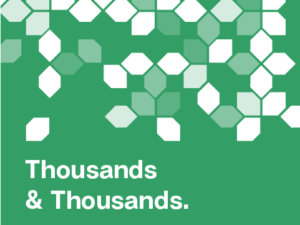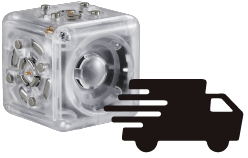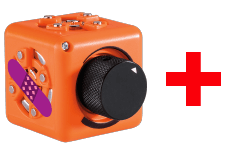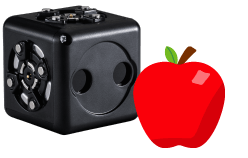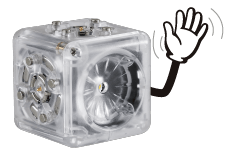In modern classrooms, we are seeing an increasing need to help students make the connections between content areas. After all, the skills we learn in math help students to not only perform adult, math-based tasks like budgeting, but also prepare them to think critically and analyze information in an internet-driven world. Likewise, as we begin to introduce computer science and robotics into the general education classroom, teachers everywhere are looking for ways to mindfully design interdisciplinary learning opportunities. For instance, how do coding and computational thinking fit within a literacy-focused classroom?
On one hand, the act of writing code into a computer helps students edit and revise their writing, paying extra attention to detail. Within computer code, one wrong letter or punctuation mark will invalidate a whole program, so many students feel motivated to scour their code until they find and correct the mistake. There are a surprising number of previously unengaged writing students who find their niche in computer programming, where they can practice many of the same fundamental skills that are normally taught through more traditional tasks.
Another essential component of literacy and comprehension is understanding text structures. This crucial literacy skill helps students analyze the author’s purpose when writing a piece, and helps them accurately interpret any relevant biases or comedic effect. The most commonly compared text structures are:
- Descriptive
- Compare-Contrast
- Sequencing
- Cause and Effect
- Problem and Solution
One of the most important teaching strategies, however, is to integrate observations about text structure into many different subject areas. Combining your literacy goals with robotics, science, social studies, and math is a great way to help students see the lessons learned in language classes are important and transferable to any subject. This is also useful in breaking down stereotypes about what kinds of students are good at STEM subject.
With that in mind, let’s think about Cubelets through the lens of text structures:
Descriptive
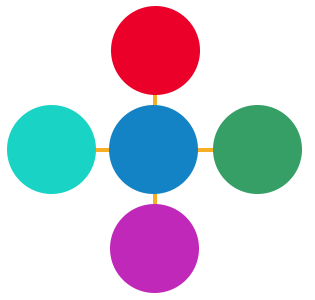
When students are first introduced to Cubelets, ask them to write a brief descriptive paragraph about a couple of the Cubelets they explored. Then compare different descriptions of the same Cubelet to collaboratively create a class description that students can reference while they get comfortable with the new Cubelets vocabulary.
Compare-Contrast
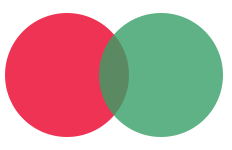
As they are learning about Cubelets, have students compare and contrast different Cubelets of the same type (SENSE, THINK, ACT). For instance, compare the Distance sensor to the Brightness sensor or compare the Flashlight Cubelet to the Bar Graph Cubelet. It is especially helpful to introduce the concepts of software versus hardware at this time as it encourages students to analyze both the physical form and the behavior of each Cubelet.
Sequencing

We get many requests for robot recipes here at Modular Robotics. One great solution is to have students write their own! You know the drill — sequencing is all about writing in chronological steps, often using transition words like first, next, and then. If you’d like to partner up with an authentic audience, we’re happy to provide some comments and feedback or post some examples of your students’ work for other users around the globe! (We’ll redact names to protect their privacy, but you’ll still need parent permission slips if you want us to post any work created by your students.) Email support@modrobotics.com to get connected for your own customized feedback cycle!
Cause and Effect
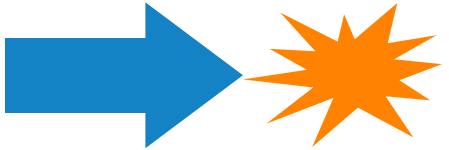
This text structure is where Cubelets really shine. Even when students build the simplest robot constructions, they will naturally need cause and effect language to describe them. Cause and effect writing will sound like:
When the robot senses bright light, it moves quickly.
When the robot sees an object, it moves faster toward it.
For younger students, introduce important cause-and-effect words before you start using Cubelets so they have the language available even when they are explaining their robots verbally or informally. Some helpful words to introduce could be: because, due to, when, caused, effect, since, so, and if.
Problem and Solution

Use Problem and Solution text structures to develop your students’ resiliency. I recommend having students work in partner-groups to an exercise we call Confused Robots. Each group builds a robot that includes one silly mistake, then writes a short description of what the robot would do if it was built correctly. (You might even require them to write a descriptive paragraph or a cause-and-effect paragraph depending on your unit). Finally, the groups trade robots and practice writing Problem and Solution responses as a way to practice giving and receiving constructive feedback.
An example of one Confused Robot text for a Cubelets Lighthouse might be:
The problem with this robot is that it senses objects instead of light. This means that it will alert ships to the coastline as they get closer, but that be too late. It takes a long time to turn a ship. One solution to this problem is to remove the Distance Cubelet and replace it with the Brightness Cubelet. Now the robot is sensing light which means it can detect whether it is daytime versus nighttime or dark-and-stormy.
I especially love the Confused Robot exercise because students are encouraged to make the mistakes on purpose. This provides two different valuable opportunities:
- Your students will be more receptive to feedback because their mistakes were intentional. They can practice receiving the feedback and responding politely so they’ll be ready when the time comes to receive feedback for mistakes they didn’t mean to make.
- You can gather great data about students’ understanding of Cubelets by seeing which mistakes they intentionally make.
- Students who swap one Cubelet for a completely different type of Cubelet (a Distance SENSE for a Flashlight ACT) might have some misconceptions about what each Cubelet does,
- Students who swap one Cubelet for a different Cubelet of the same type (a Distance SENSE with a Brightness SENSE) understand the role of SENSE, THINK, and ACT in robot design and might be ready for some more work with multiple senses or adding in THINK blocks,
- Students who leave out or add an extra THINK Cubelet are among your more advanced Cubelets roboticists. They may be ready for an extra challenge, or it might be time to introduce them to data flow diagrams.
As we all know, it is rare to read texts that are written using only one text structure. As your students design increasingly complex robots, they’ll find themselves needing to mix-and-match their text structures throughout their writing. This is an incredibly valuable conversation to have, and Cubelets are the perfect medium to promote deep and multi-dimensional discussions about when and why it is appropriate to mix-and-match text structures. If you need any support using Cubelets alongside your literacy curriculum, please reach out to support@modrobotics.com to get in touch with me!

